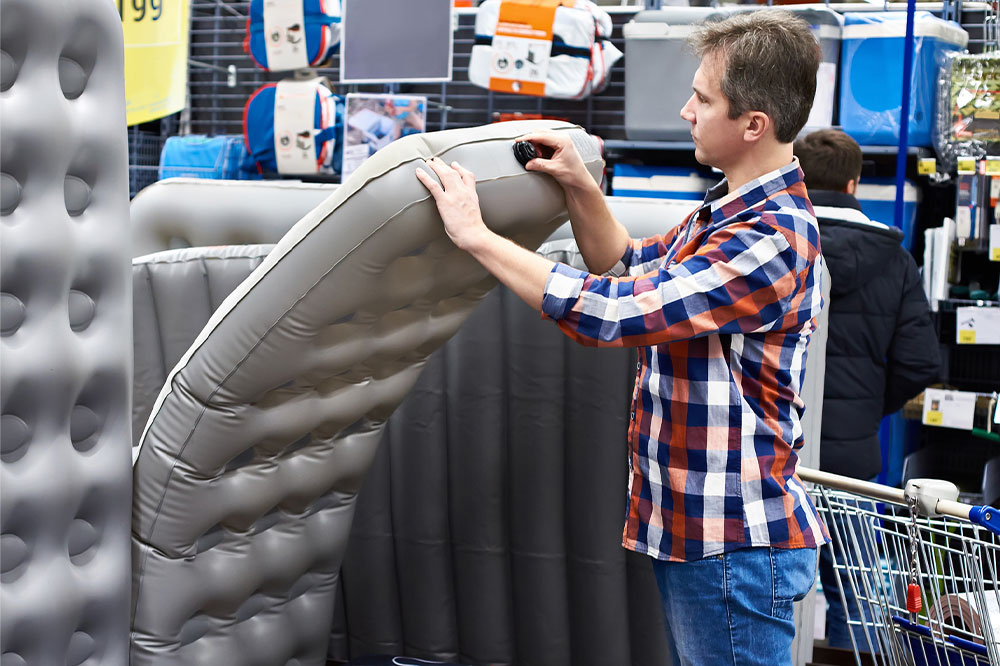Top 9 household items that are linked with cancer

The increasing number of people falling prey to cancer is rising, and ensuring that every home remains safe has become more important. Unbeknownst to many of us, numerous products we bring into our homes repeatedly contribute to the increased cancer risk. From everyday products found in kitchens to unsuspecting items in bathrooms and beyond, we can make changes that can create healthier environments and help prioritize our well-being. Let’s learn which household items to avoid.
Cleaning products
Most conventional cleaning products are being flagged for being harmful to health. They contain chemicals that make these products endocrine disruptors, carcinogens, and in some cases, respiratory irritants. Various ingredients, including ammonia, formaldehyde, and phthalates, have been researched to be associated with different types of cancer. To avoid the risk of the disease, adopting eco-friendly alternatives with natural compounds is suggested. You can also use kitchen ingredients like baking soda, vinegar, and lemon to make your cleaners at home.
Personal care products
We are constantly bombarded with a range of personal care products that pop up in the market every day. And this drives our curiosity to try and test various products that claim to have so many benefits. However, some personal care products like soaps, shampoos, deodorants, and others can contain harmful ingredients. These chemicals have been linked to hormone disruption and increased breast, prostate, and other cancer risk.
Non-stick cookware
Coated with polytetrafluoroethylene (PTFE) or Teflon, non-stick cookware can release toxic fumes when heated to high temperatures. These fumes have been associated with respiratory problems and cancer in laboratory animals. Opt for safer alternatives like stainless steel, cast iron, or ceramic cookware to minimize exposure to these potentially harmful substances.
Plastic containers
Plastic is one of the most hazardous materials ever known. Certain plastic items contain chemicals like phthalates and bisphenol A that are labeled harmful to well-being. These chemicals can leach into food or beverages, especially when exposed to heat or acidic conditions. Instead, one must choose glass or stainless steel containers for food storage to reduce exposure and opt for BPA-free plastics.
Air fresheners and scented candles
Many air fresheners and scented candles contain volatile organic compounds (VOCs) and phthalates, which can contribute to indoor air pollution. Prolonged exposure to these chemicals has been linked to respiratory problems and increased cancer risk. Consider using natural alternatives like essential oils, beeswax candles, or simply opening windows to improve indoor air quality.
Pesticides and herbicides
Certain pesticides and herbicides used in gardening and pest control have been linked to cancer. The chemicals present in these products, such as glyphosate, have been associated with an increased risk of certain cancers, including non-Hodgkin lymphoma. Consider using organic or natural alternatives for gardening, and if pesticide use is necessary, follow safety guidelines and precautions.
Formaldehyde
This particular compound has multiple ways of entering your home. It can be found in cleaning products, carpets, furniture made of pressed wood, insulation material, and more. It is a sneaky substance that you have to be on the lookout for constantly. It is one of the most significant contributors to household products that are linked with cancer. Prolonged exposure to formaldehyde can increase the risk of respiratory and nasopharyngeal cancers. To keep yourself safe from the side effects of formaldehyde, choose building materials, cleaning agents, and other items that have a low possibility of formaldehyde emission. Also, ensure your house is well-ventilated to avoid toxic buildup.
Radon
A naturally occurring compound, radon is a radioactive gas associated with increased cancer risk. While not usually a household item, it can easily seep into homes through cracks in the foundation. People exposed to radon over time have a higher risk of developing lung cancer. It is important to get your home and office tested for radon presence and to take necessary measures to mitigate its entry into your promises.
Electromagnetic radiation
While there is still some space for reliable research results to conclude, studies suggest a potential link between long-term exposure to electromagnetic radiation and cancer. These radiations are emitted around you by cell phones, Wi-Fi routers, and other electronic devices that put you and others at an increased risk of cancer. It is essential to minimize exposure to these radiations. An easy way of doing so is limiting cell phone use, using hands-free options, and keeping electronic devices away from your body during sleep.






